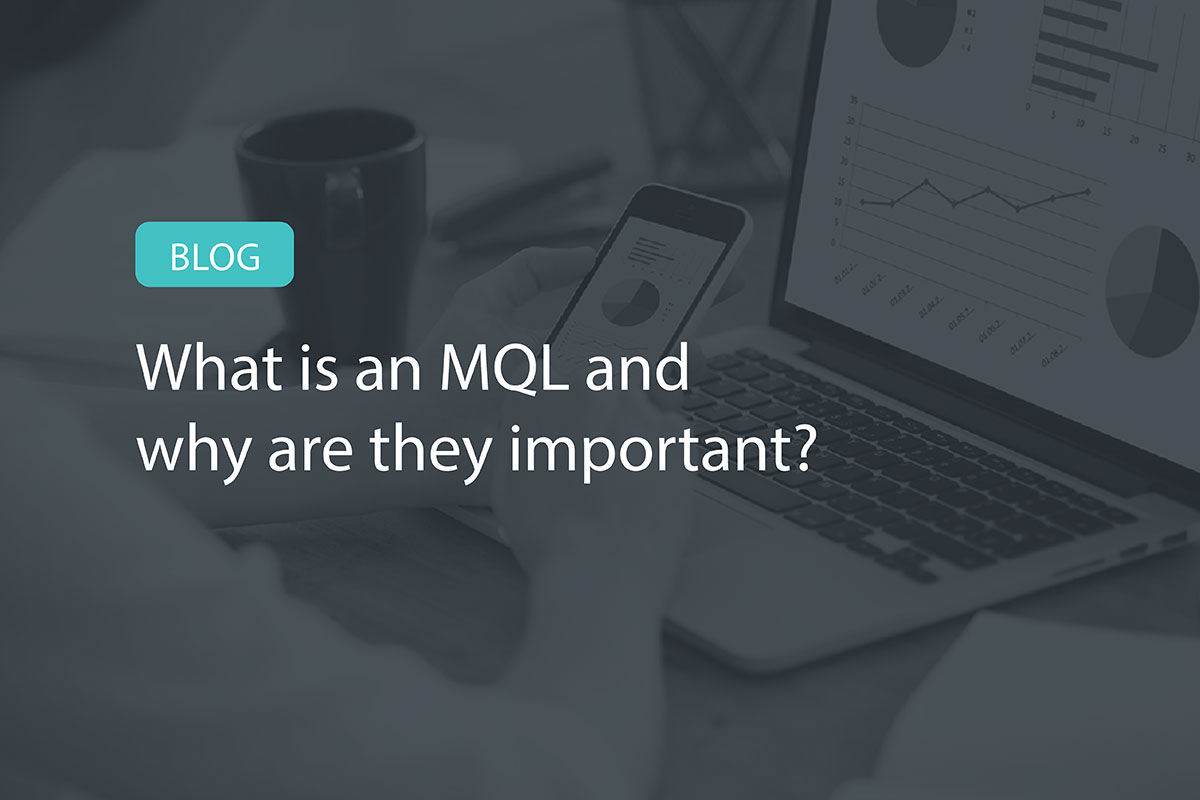What does the phrase ‘marketing metrics’ mean to you? To many people, marketing metrics are about how many followers you have, how many times your marketing emails are opened, and how much traffic you get to your website. But how important are these metrics to your leadership team? While they are important aspects to your overall marketing campaign, and absolutely important to you the top dogs in your business care about more than how many visitors go to your site, or how many likes you get on a post. Read on to find out what marketing metrics your leadership team cares about most.
It’s a question we are getting asked more and more by clients and prospective clients. Is it just the latest jargon? Is it important? Can we ignore? Well, this piece of ‘jargon’ is actually extremely valuable, especially in professional services. So, let start with the what it is. An ‘MQL’ is an acronym for a ‘marketing qualified lead’. Leadfuze defines them as “a lead judged more likely to become a customer compared to other leads based on lead intelligence, often informed by closed-loop analytics”.
An accurate definition but in perhaps more simpler terms, an MQL is a contact whose engagement levels indicate that he/she is likely to become a customer.
A great deal of firms neglect the marketing qualified lead approach because they fail to see the true value it can add to their sales pipeline. Understandably, they want to get a new contact’s information over to sales as soon as it hits the inbox for them to call or send an email to. However, let’s be honest, if you contact every lead who comes into your database straight away with direct sales emails, then there is a high probability that they will hit the “unsubscribe” button and ask not to be contacted again.
So, here are three reasons why we believe the MQL approach is the way forward in professional services:
Offers an in-depth understanding of ideal client
An MQL is someone who has a high probability of becoming a client. The simple act of finding such prospects with potential and offering ongoing relevant thought leadership improves the understanding of who the ideal buyer is and allows them to build trust in your firm.
Improves ROI of Thought Leadership
An MQL has the intention of buying and this intention is reflected in his or her actions. So first and foremost there is a need to put together a list of actions that reveal the desire to purchase. According to Hubspot and Linkedin, 41% of marketers do not use a buyer persona. This is crazy. Create your buyer personas, then define and use the concept of MQLs to boost the ROI of your thought leadership.
Makes the sales funnel more effective
Handing over an MQL to your sales team will be a better utilisation of their time than simply bombarding them with all the immediate contact data you receive from your website. Believe it or not, many companies still do this. Have your sales team and consultants focus on the contacts who have the propensity to buy. This waste of resources can be immediately stopped by following the MQL approach.
Defining a Marketing Qualified Lead:
So, how can you go about defining the criteria for an MQL? Below is a list of steps to help you implement this process with as little disruption as possible:
Develop an agreed-upon definition of “Marketing-Qualified” lead
To develop this definition, sales and marketing must work together. Despite the best intentions, marketing often creates a qualified lead definition but sales never see it. Until there is a clear understanding from both sides, the MQL stage will not be of much assistance to your organisation. Have your marketing and sales team work together to agree a definition.
Determine demographic factors
Choose factors that are already well represented in your customer base. Demographics that are commonly used include industry, company size, location, job title etc. However, you should also include any factors that makes sense for your end goal.
Determine behavioural qualification information
Everyone who interacts with your marketing will leave online and offline footprints that show what they are interested in and, in most cases, how urgent their issue is. By observing the buyer’s behaviours, you can develop scoring criteria for which actions qualify a lead to speak to sales. When a total benchmark score is reached the MQL gets passed over to sales.
Constantly revisit the qualified lead definition
It is so important that each quarter, your sales and marketing teams meet to determine whether the MQL definition should be modified. A good example is if you are launching a new solution, you may be able to reach a whole new demographic.
The hardest part of this process is getting it done, but it is a wise investment of up-front time that will reward your business with better-qualified leads, shorter sales cycles and more sales quotas being met. Always remember that in sales and marketing, the object of the game is to grow the pipeline and win new business.
There are several platforms that can allow you to monitor your marketing qualified leads, including: Hubspot, Marketo, Eloqua and MailChimp and more and more new platforms are emerging every day.
If you want to learn more about how an MQL approach will benefit your firm, or to get advice on which platform is most suitable for you then feel free to speak to us. From London to Dubai, New York to Shanghai, we’ve rolled out programmes that have helped professional services firms to increase both revenues and awareness. And most importantly, we’ve found out what works and what doesn’t. Contact us to find out how we can help.

